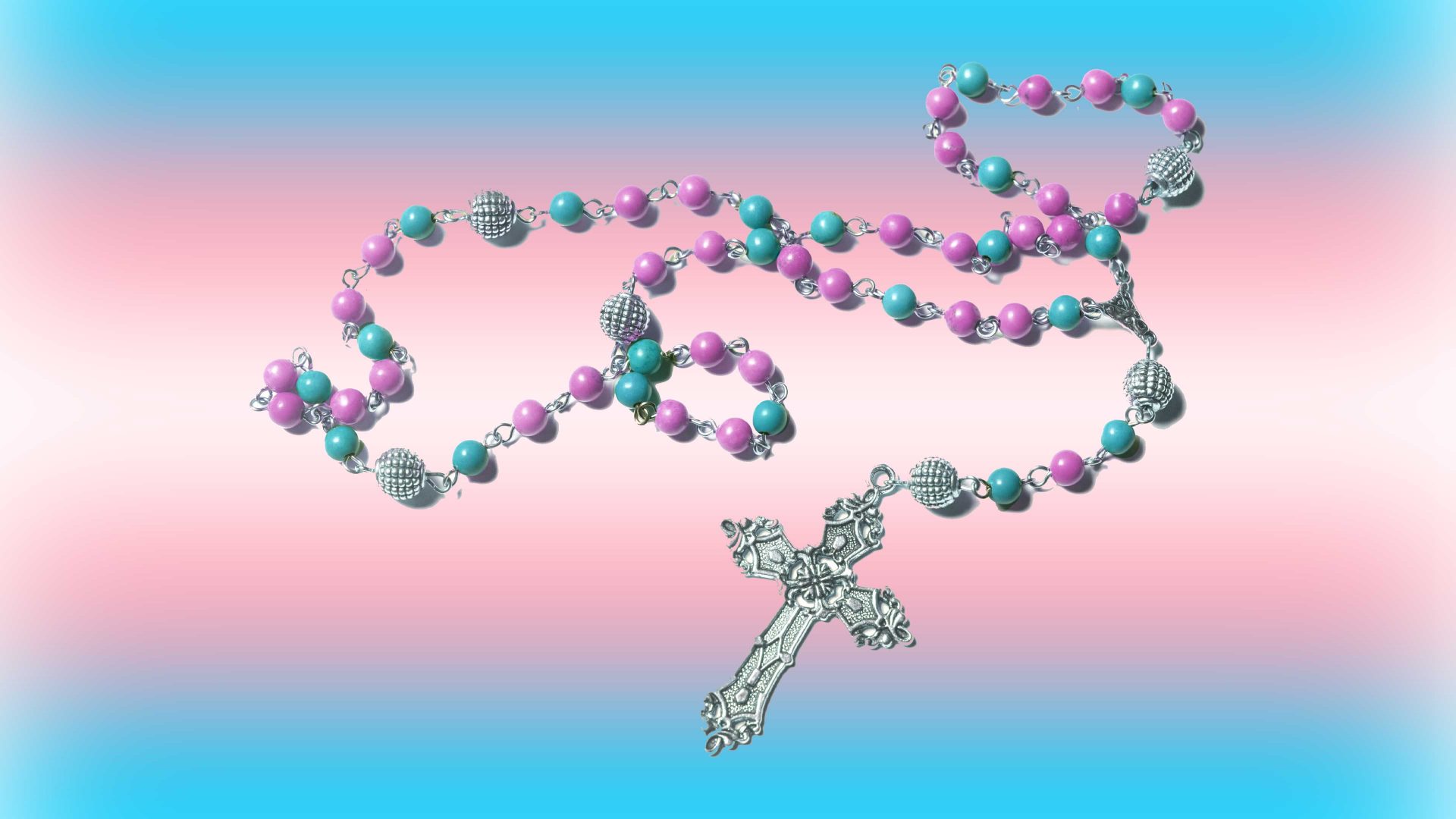
When some shocking information was broadcast on television, I was just enjoying a Martini at one of Rome’s bars in the charming gay neighborhood, which is appropriately known as “Coming Out.” The Vatican had announced that transgender people and children of same-sex couples will be able to attend religious ceremonies. Rather the rebellion.
A dozen jaws dropped in awe as I turned to look around; everyone was focused on the screen. Everyone in the room fell silent as they tried to fully comprehend what had just been said.
“Oh what the devil, I’d rather be damned every day if that means being with you, baby,” said one transgender woman who was seated across from her partner at the desk. She hugged her companion and gave her a kiss. “What the Church thinks is irrelevant. I don’t require their approval. Hell is much more fun than heaven.”
Trans individuals, including those who have undergone female transition procedures, are also permitted to serve as godparents and witnesses at Catholic ceremonies, according to the sudden Vatican decision.
This is a first for Italy, where all “non-natural” relationships that go beyond those between men and women have been viewed as immoral for millennia. However, more recently, discussions about the role of trans and gay people have grown more heated and accepting within religious synods, with Pope Francis urging “more open minds.” He holds that regardless of one’s sexual preference, all are children of God.
However, the Gay community has often felt at home in this tiny area of Rome, hidden away in the winding, cobblestone streets behind the Colosseum and the Roman Forum.
Although it has some elegance, Rome’s queer area, which is located on Via San Giovanni in Laterano and is teeming with churches and religious places, is never a sponsored tourist attraction.
Even grandmothers who go grocery shopping have grown to appreciate the vibrant events, albeit from their balconies, because of the great, laid-back yet avant-garde feeling. When they see two people of the same gender holding hands, older Romans no longer flee in horror.
The Flavian Amphitheatre, one of the most famous places in Ancient Rome, can be seen from the Coming Out, which is perhaps unusual for a gay bar. You are welcome to come here for a meal and spend the time hanging out. There is music and live music, as usual.
In other words, despite the overpowering aroma of Catholic influence, Rome’s gay scene has grown much like any other European city. Nobody in this neighborhood has ever given a damn what the Vatican thought of them. “Who says a transgender person isn’t already baptized if his parents did it for him when he was born?” asked the man seated next to me. He makes a valid point.
“And how can a child tell whether or not he will be straight?” He raises his hands in the air and declares, “This is really stupid.”
Although I don’t frequently visit this area, I enjoy spending time with a few gay friends in their natural habitat because I’m curious if it’s any different from where I usually hang out. It’s not, either.
My 90-year-old brother was incensed about the Vatican’s decision when I spoke to him. He is a member of the old guard and adheres to the European ideal of masculine, die-hard Latin lovers. For him, being queer or anything else in the world simply goes against nature.
“This is extremely risky. Particularly communion, which brings us into the religious world and washes away the original sin, ceremonies are a very serious matter. The next thing we know, priests may be presiding over and approving gay marriages.”



